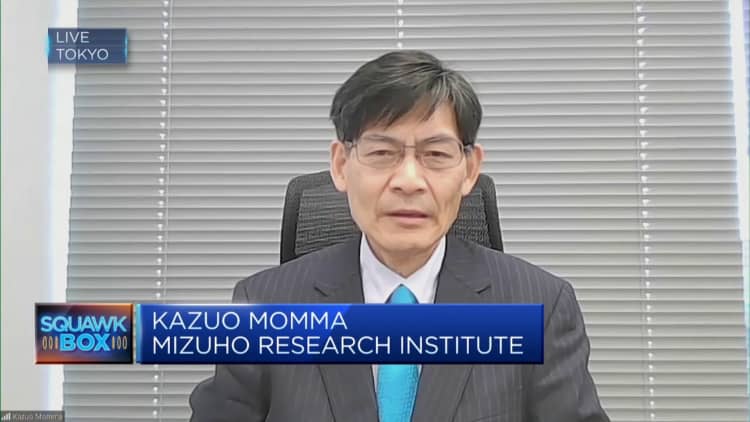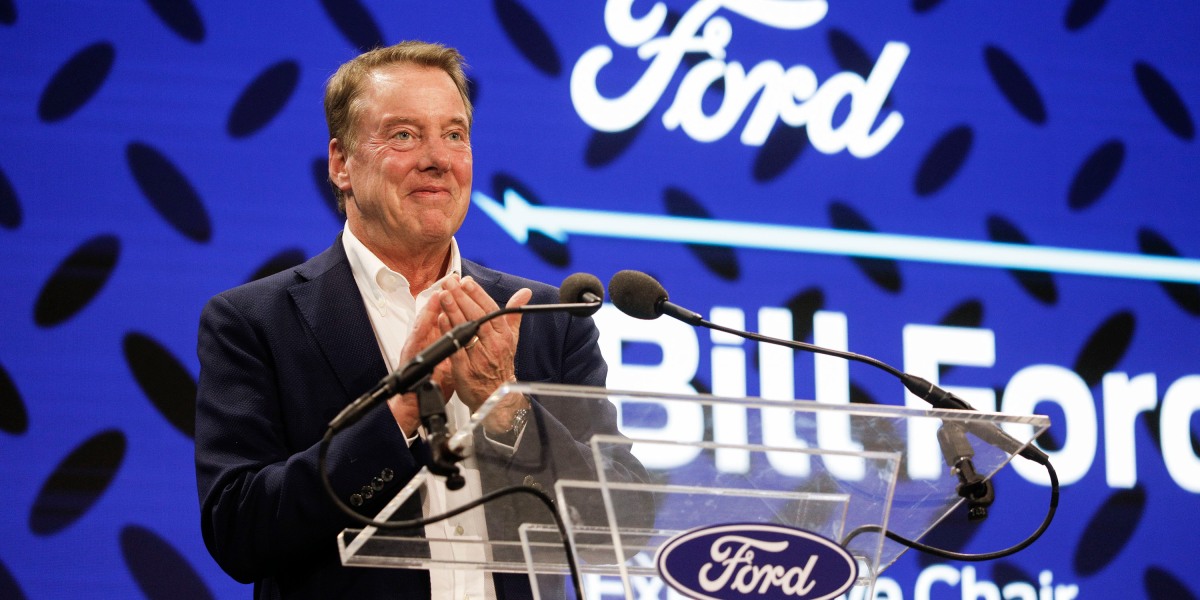Kazuo Ueda is set to become Japan’s next central bank governor
[ad_1]
Kazuo Ueda, professor of Graduate School of Economics at The University of Tokyo, speaks during the Institute of International Finance (IIF) Spring Membership Meeting in Tokyo, Japan, on Tuesday, May 9, 2017.
Bloomberg | Bloomberg | Getty Images
Kazuo Ueda is set to become the next governor of the Bank of Japan, succeeding current central bank chief Governor Haruhiko Kuroda.
The Japanese yen strengthened 0.2% Tuesday morning after the announcement of the nomination and last stood at 132.13 against the U.S. dollar
Both houses of Japan’s parliament now need to approve Ueda’s nomination. Prime Minister Fumio Kishida’s ruling coalition has a majority in both chambers. Parliamentary hearings are likely to take place on Feb. 24, Nikkei reported.
Kishida recently emphasized the need for the next central bank governor to have “global communication skills” and be able to coordinate closely with global peers, Reuters reported, citing his comments in parliament.
Policy normalization
Current governor Kuroda was first appointed in March 2013. He has led the central bank’s ultra-dovish monetary policy, including maintaining a negative interest rate since 2016 – even as global peers have been hiking to tackle inflation. His current five-year term will end on April 8.
Bank of America Global Research expects gradual policy normalization under the central bank’s new leadership instead of an abrupt change, according to the firm’s economists led by Izumi Devalier.

The team said in a report that completely removing the central bank’s yield curve control – a policy of maintaining 10-year Japanese government bond yields within a 50-basis-point range of 0% – won’t happen any time soon.
“We continue to think a change in the BoJ’s policy framework (including abandoning YCC and negative interest rates) will be delayed until mid-2024,” the economists said, adding that they expect to see “flexibility” in changing the current policy instead.
The economists added that it’s “only a matter of time” before the Bank of Japan tweaks its yield curve control policy, and that they expect to see changes within the first half of 2023.
‘Well-suited’ deputies
Japan’s government also reportedly announced its nominees for other central bank roles including Shinichi Uchida, currently the central bank’s executive director, and Ryozo Himino, the former chief of Japan’s Financial Services Agency.
“The government’s reported deputy governor picks are also well-suited to address the challenge of streamlining and winding down the BoJ’s expansive easing program, in our view,” the BofA economists said in their report ahead of the announcement.

Citi economists Kiichi Murashima and Katsuhiko Aiba added in a report that Uchida will play a “pivotal role.”
“It is highly likely that Mr. Uchida, who has been deeply involved in Haruhiko Kuroda’s easing, will play a pivotal role in making monetary policy decisions,” they said in a report.
“We believe the monetary policy under the Ueda-Uchida regime will not be fundamentally different from what it would have been if the current deputy governor, Masayoshi Amamiya, had become the governor,” they said.
Nikkei earlier reported that Amamiya was approached for the role but declined.
[ad_2]
Source link


